Honda H'ness CB350 vs Royal Enfield Classic 350: Spec Comparison
With the H'ness CB350, Honda has made their intentions clear – they want to beat the Royal Enfield Classic 350 at its own game. So, how does the new Honda stack up against the old horse? Let's find out in this spec-comparison.
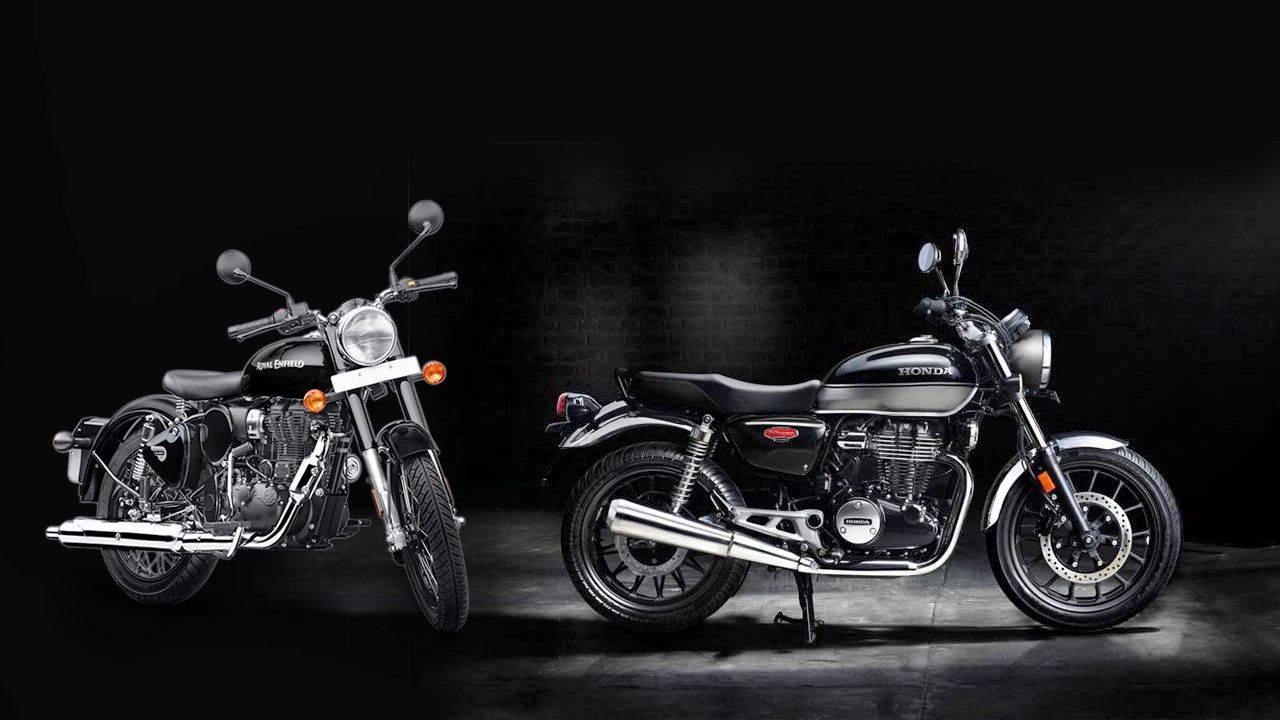
With the H'ness CB350, Honda has made its intentions clear – it wants to beat the Royal Enfield Classic 350 at its own game. So, how does the new Honda stack up against the old horse? Let's find out in this spec-comparison.
With the launch of the H’ness CB350, Honda is going right after the Royal Enfield Classic 350 – there are no two ways about it! The Royal Enfield Classic 350 is an icon in itself, with a cult following. However, Honda seems to have done its homework well with the H’ness, as it seems to have all the bases covered – the CB350 has a retro-classic design, it’s packed with modern features, and being a Honda, it’s expected to be refined and reliable as well. The question is, does it have what it takes to dethrone the current royalty – the evergreen RE Classic 350?
Let’s compare their spec sheets to find out the answer,
Design, dimensions, and weight
The Royal Enfield Classic’s design is timeless and perhaps needs no explaining. Over the years, Royal Enfield has given it subtle and tasteful updates, and it still looks very classy and elegant. In its recent BS6 update, the Classic 350 has received a number of new paint options, which have only made it look more attractive. In terms of design, then, the Classic 350 has still got it.
The H’ness, on the other hand, follows the same classic design philosophy, but it does it the Honda way. The design is inspired by the CB350 of yore (the 1970s, to be precise), and it has a striking resemblance to its forefather. There’s a round headlamp, a large fuel tank, a heavy dose of chrome, and an accommodating saddle. But since this is a modern-day interpretation of the CB350, you get full LED headlamps, large disc brakes at the front and back, alloy wheels, and tubeless tyres. The quality looks top-notch as well. Overall, we think it’s a job well done by Honda. The design of the H’ness is definitely going to be one of its main USPs. Not to mention, it gives it a definite edge over the Classic 350.
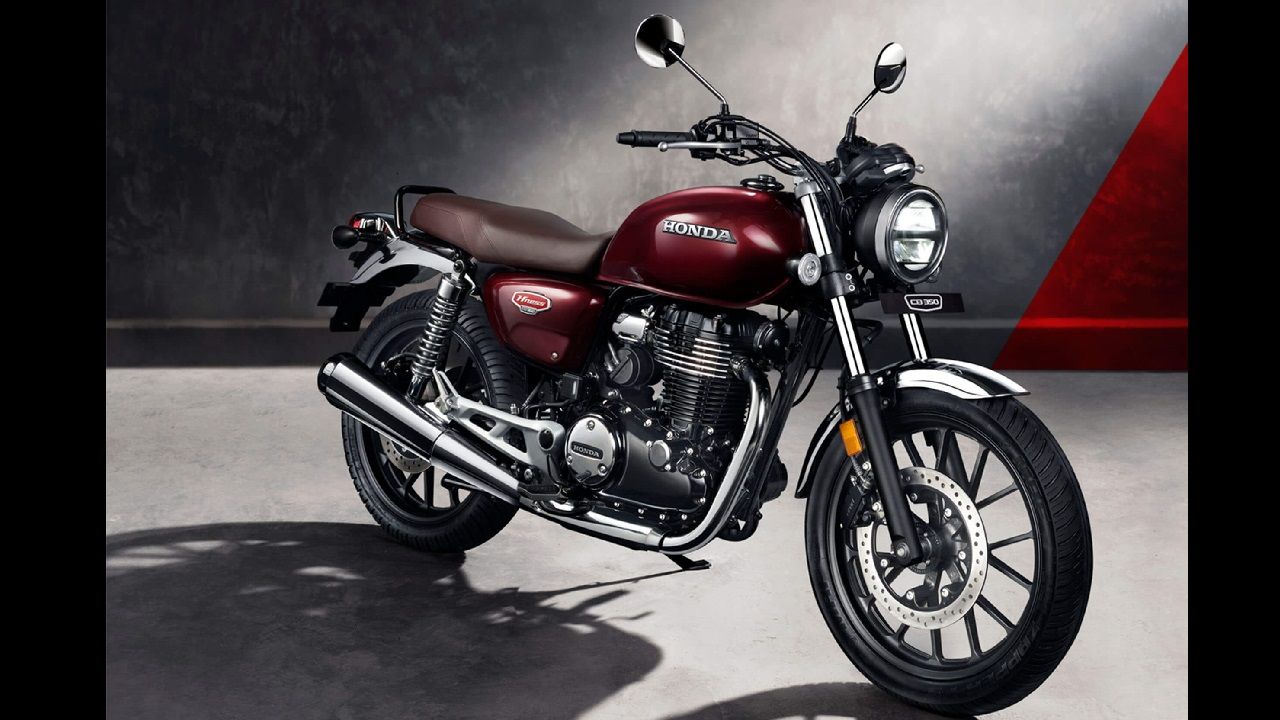
In terms of dimensions, both the motorcycles are evenly matched. However, the CB350 is lighter by around 14kg, and it’s also got a longer wheelbase than the Classic 350. The Honda’s fuel tank is also of larger capacity.
|
|
CB350 |
Classic 350 |
|
Length |
2,163mm |
2,160mm |
|
Width |
800mm |
790mm |
|
Height |
1,107mm |
1,090mm |
|
Wheelbase |
1,441mm |
1,390mm |
|
Ground Clearance |
166mm |
135mm |
|
Fuel Tank |
15 litres |
13.5kg |
|
Kerb Weight |
181 kg |
195 kg |
Engine & transmission
Honda says that the CB350 is built completely from the ground up, and as a result, it features an all-new engine. The powertrain in question here is an air-cooled 348cc single-cylinder engine, which develops 20.8bhp and 30Nm of torque. In comparison, the Classic 350 comes powered by an air-cooled 346cc single-cylinder unit, which develops 19.1bhp and 28Nm of torque. Not only does the RE offer less power and torque but also its peak torque developed at higher rpm as compared to the Honda’s engine. Both the motorcycles come with a five-speed transmission, but the Honda gets an assist and slipper clutch.
What about the exhaust note? Well, the CB350 has a similar ‘thumping’ sound as the Royal Enfield. Honda is leaving no stone unturned, you see.
|
|
CB350 |
Classic 350 |
|
Engine |
348cc / Single-Cylinder |
346cc / Single-Cylinder |
|
Power |
20.8bhp @ 5,500rpm |
19.1bhp @ 5,250rpm |
|
Torque |
30Nm @ 3,000rpm |
28Nm @ 4,000rpm |
|
Transmission |
5-Speed |
5-speed |
Suspension, brakes & tyres
Both the motorcycles come equipped with telescopic front forks and twin hydraulic shocks at the rear. The Honda comes with dual disc brakes (front – 310mm, rear – 240mm) and dual-channel ABS as standard. The Classic 350 is available in two variants – Single-channel and Dual-Channel. Both the Classic variants are fitted with 280mm front disc brake, however, the dual-channel ABS version gets a rear disc brake of 240mm dia, whereas the single-channel gets drum brake at the rear wheel.
The CB350 features alloy wheels and tubeless tyres, whereas the Classic is available with both spoke wheels/tube-type tyres and alloy/tubeless tyres. Both the motorcycles have 19-inch front and 18-inch rear wheels, but the CB350 has wider tyres – 100/90-19 (front) & 130/70-18 (rear) vs 90/90-19 (front) & 120/80-18 (rear).
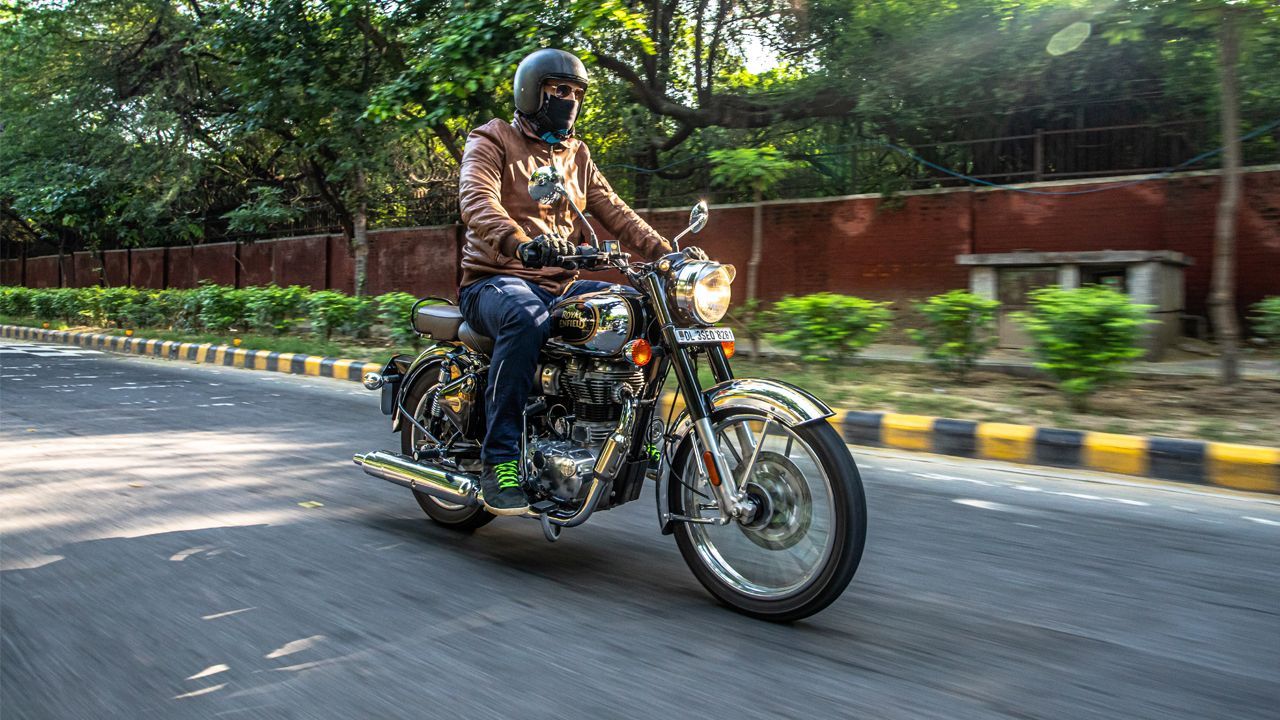
Features & equipment
This is where the Honda CB350 has a clear advantage. Compared to the Classic 350, the Honda is packed with contemporary features. In addition to features like an assist-and-slipper clutch, dual-channel ABS, LED headlamps, the Honda also gets traction control, Bluetooth connectivity, side stand indicator, gear position indicator, and more. In comparison, the Classic 350 feels a little outdated when it comes to its feature list – it’s bare basic in that regard. It does, however, come with a kick starter, which isn’t the case with the Honda.
Price & availability
The Honda H’ness CB350 will be available in two variants, with prices starting at Rs 1.90 lakh (ex-showroom). The Royal Enfield Classic 350 BS6 range is priced from Rs 1.61 lakh and goes all the way up to Rs 1.86 lakh (both ex-showroom).
There’s no denying that the CB350 comes across as a better modern-classic package than the Classic 350. However, at the moment, the CB350 will be sold only through Honda’s premium Big Wing dealerships in the country, which are in limited number. The Royal Enfield, however, has an expansive dealer network across the country, which will definitely play in its favour.
Also read,
Honda CB350 H’ness launched at Rs 1.90 lakh
BS6 Royal Enfield Classic 350 vs BS6 Benelli Imperiale 400: Comparison
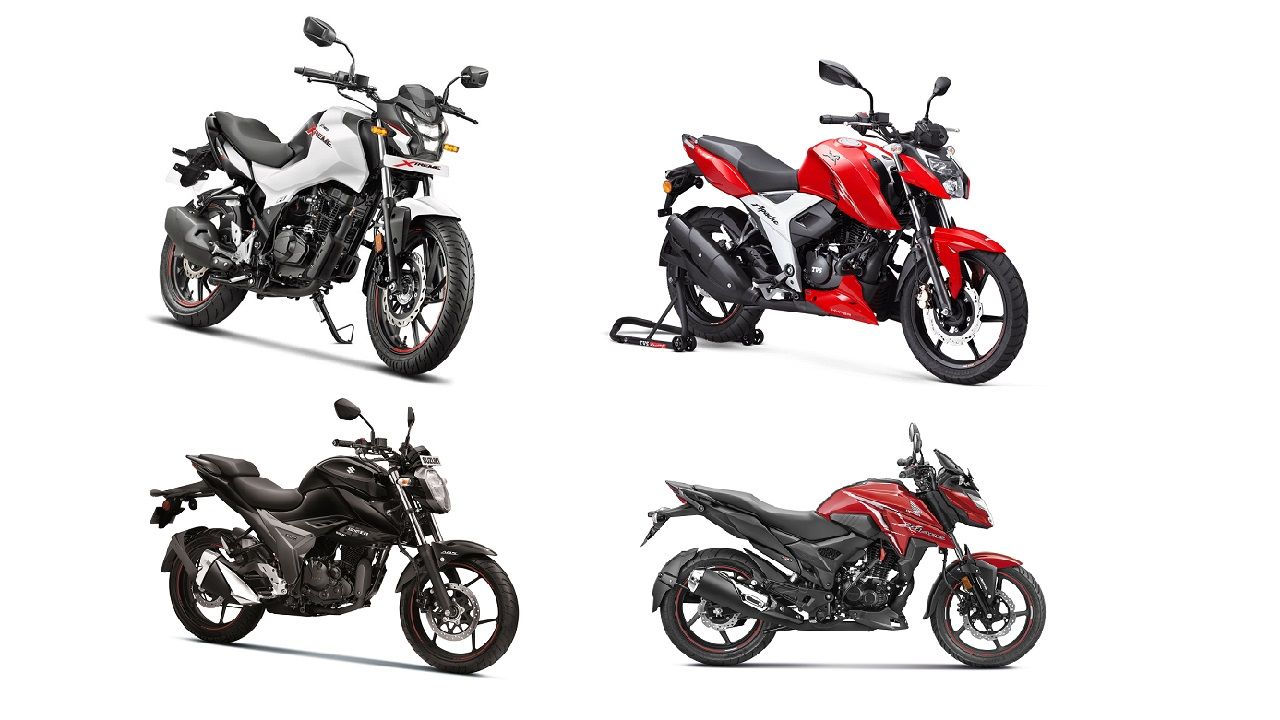
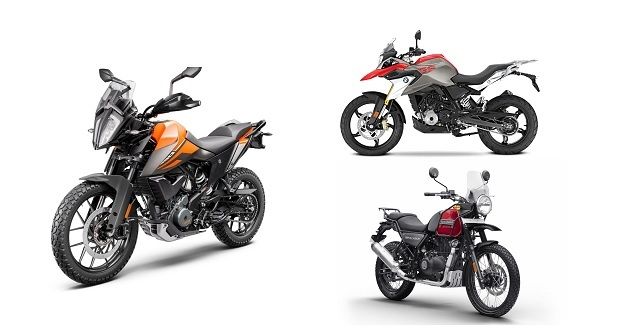
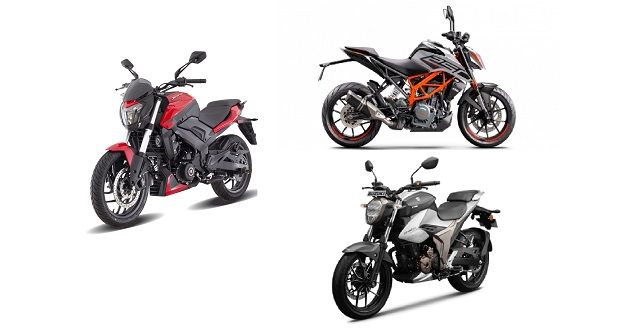
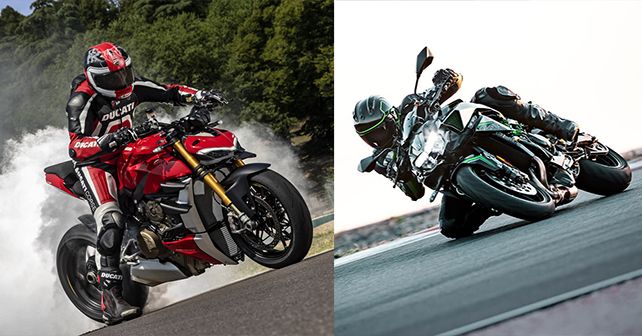
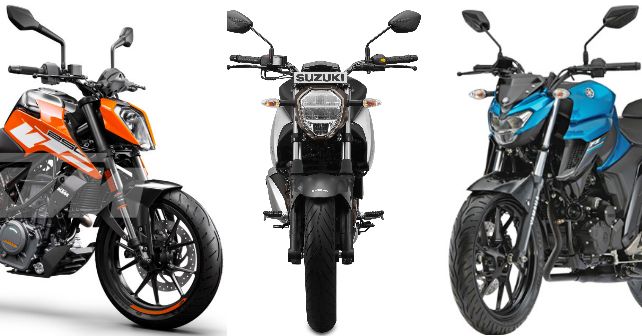
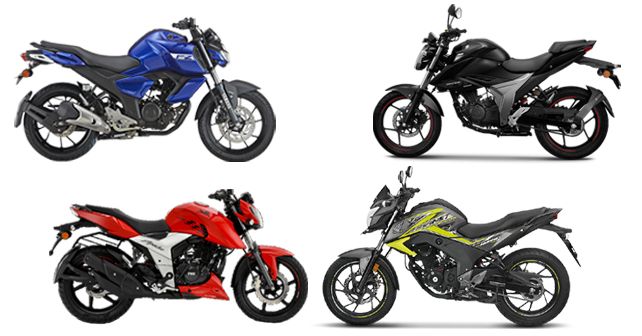
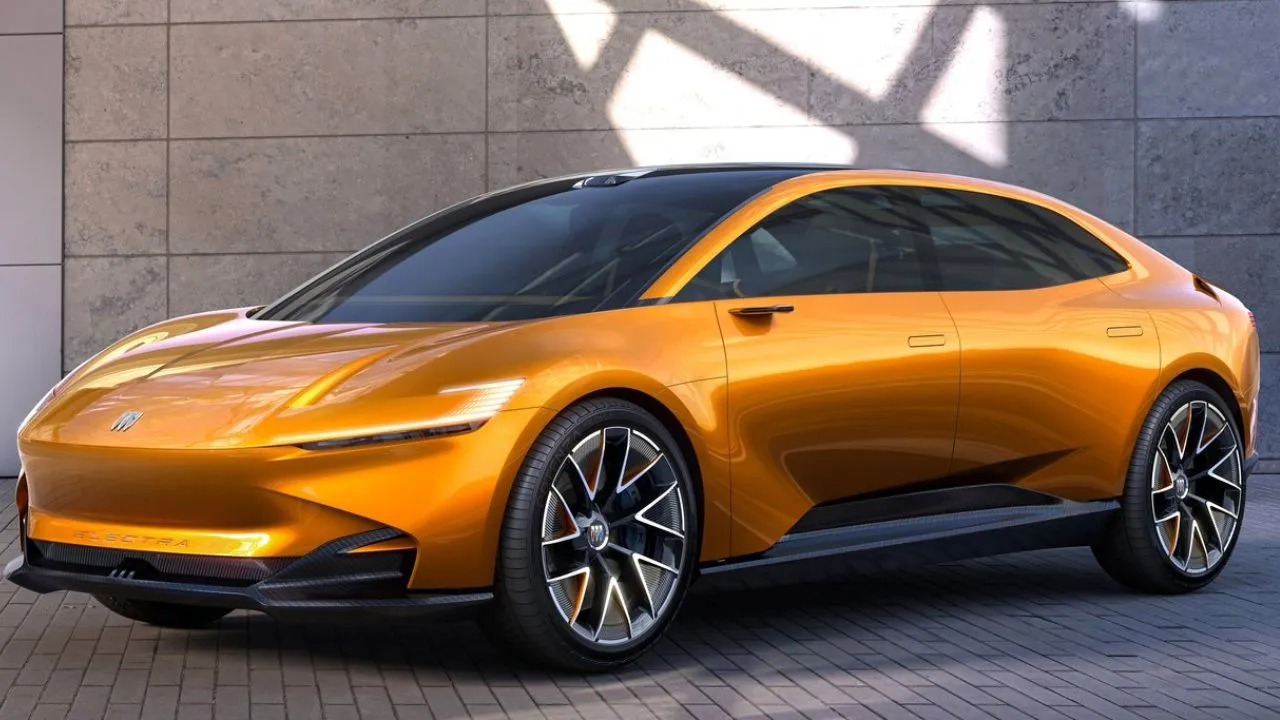
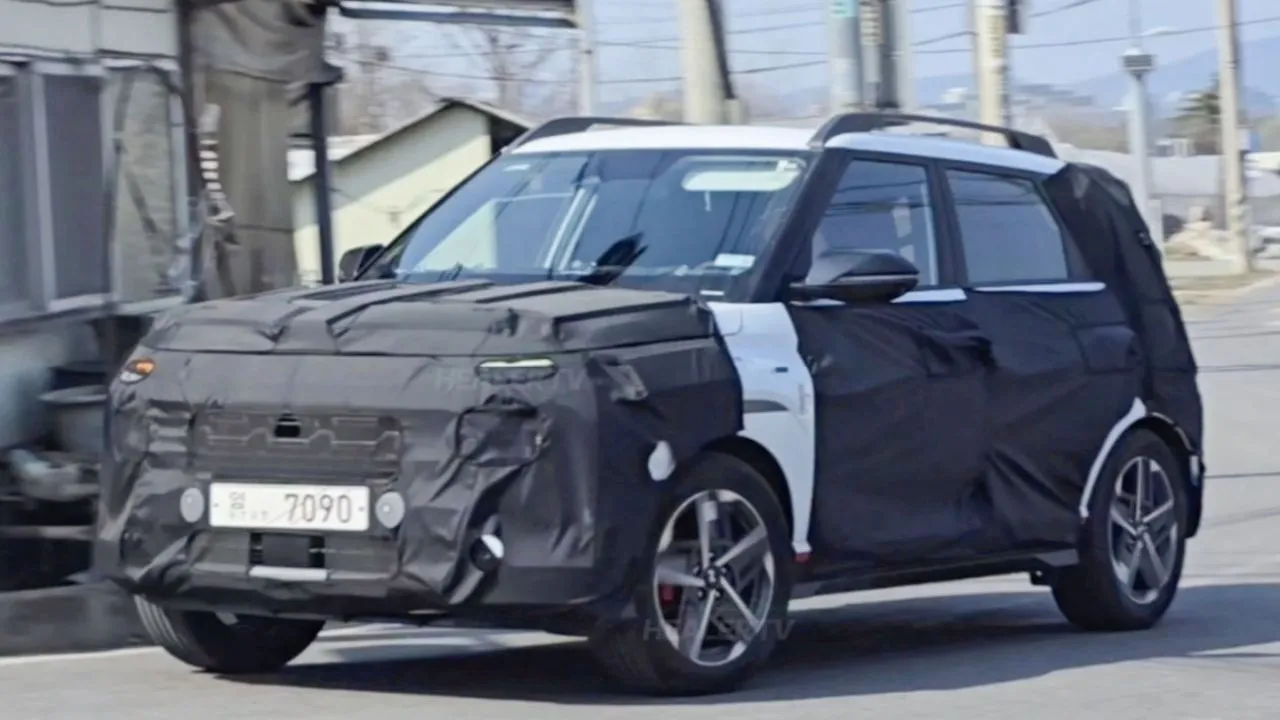
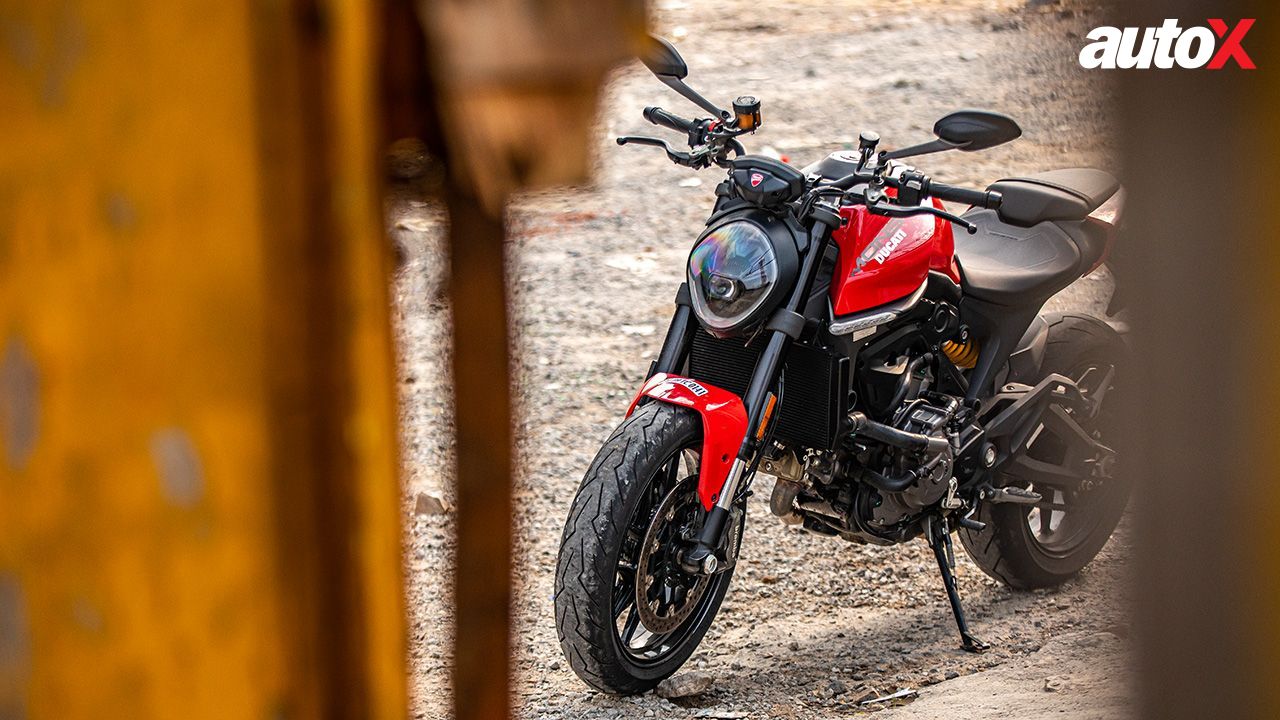
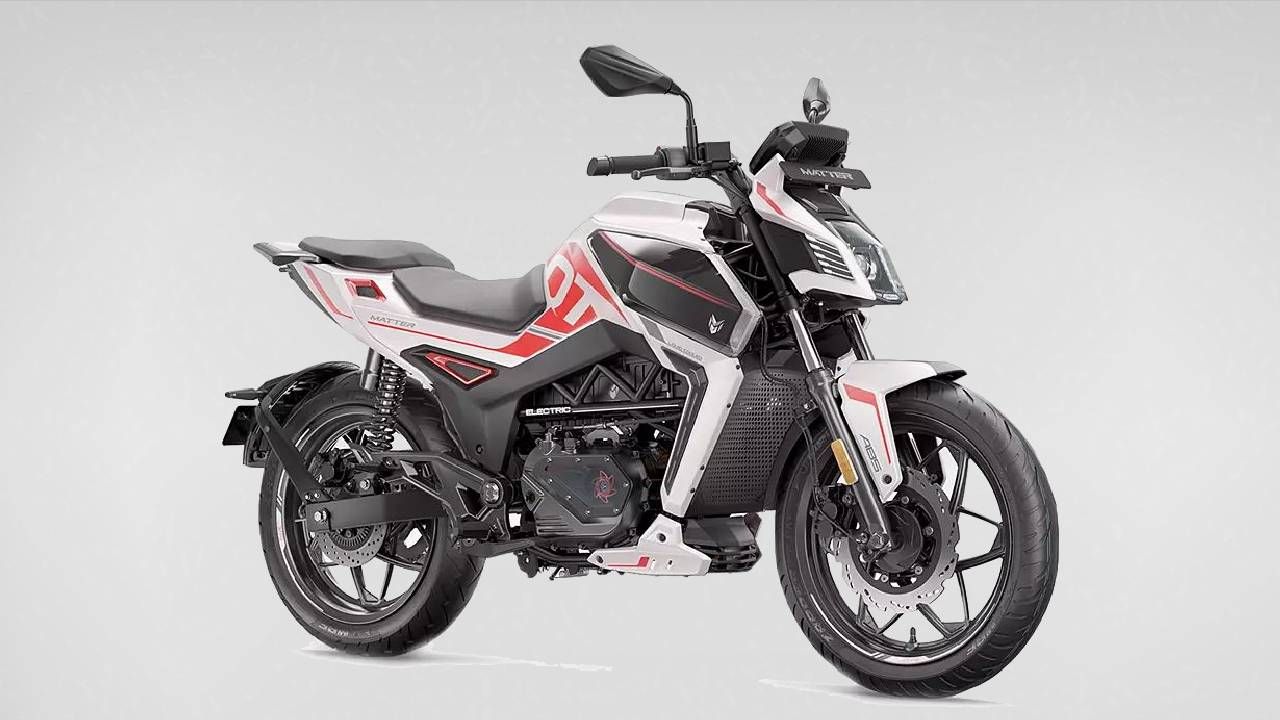















Write your Comment on